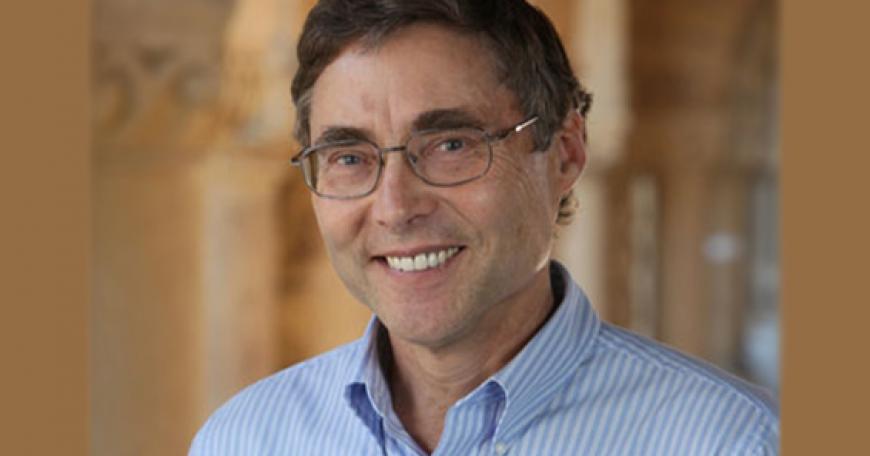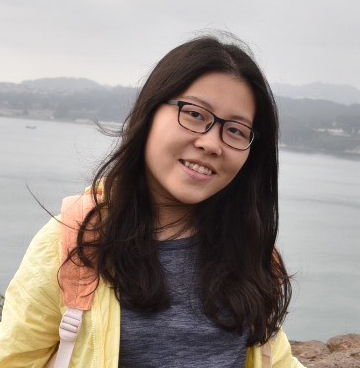
Reflections on Carl Wieman's "New Approach to Teaching & Learning in Undergraduate Science and Engineering”
On January 29th, MIT’s Office of Digital Learning (ODL) and the Office of the Vice Chancellor co-hosted the Festival of Learning 2018, a day of learning with keynote speeches, conversations with MIT innovators, and an interactive learning expo. Carl Wieman ‘73, renowned physicist, educationist, and Nobel Laureate, gave the first keynote speech “A New Approach to Teaching and Learning in Undergraduate Science and Engineering” (abstract, slides, full video). As the title suggests, Wieman addressed the topic from perspectives of both students and educators.
Wieman began by presenting an interesting experiment. Students were divided into three groups - Group 1 students went to class and took notes, Group 2 went to class but did not take notes, and Group 3 didn’t go to class but studied lecture notes on their own. Quite counterintuitive to me as a student, Group 3 performed the best on typical course exams, while Group 1 performed the worst, which may be attributed to the fact that taking notes distracted students from focusing in class, and that studying lecture notes stimulated more mental processing from the learners’ end.
But does this mean that Group 1 have the poorest problem-solving abilities in real-world scenarios? Is test score an objective measurement for effective learning? Wieman gave a decisive answer of “No”. He drew a clear distinction between high exam scores and scientific expertise, which means the ability to think, organize, and make decisions like an expert. Cognitive science research shows expert competence involves mastery over factual knowledge, a mentally organizational framework, and the ability to monitor one’s own thinking and learning.
So from the educators’ side, what is the most effective teaching method to empower students with expert competence? Wieman first criticized several bad teaching approaches. For example, in a traditional classroom setting, teachers start with formalism, definition, equations, and then apply them to solve problems. However, such organization is not motivating and merely gives students random pieces of information. Excessive instructor talking (more than 90% of class time) is also a problem as it leaves students no space for mental processing.
Avoiding these bad teaching approaches, Wieman proposed an experimental class design: students are given targeted pre-class readings which provide the context, while class time is spent on questions to solve and students are expected to respond with clickers or on worksheets. Experimented on seven Stanford physics courses, this design turns out to be more engaging for students, receiving 90% positive feedback and comments like, “all Stanford courses should be taught this way”.
However, Wieman claimed the experiments at MIT didn’t proceed so well: “MIT tried out the teaching expertise method a couple years ago and claimed it ineffective, but this is because MIT designed the classes in the wrong way.” In fact, part of MIT class of 2021 students are familiar with Wieman’s ideas, as the prompt for our English Evaluation Test is on whether the active learning methods that Wieman advocated should be incorporated into MIT’s first-year math and science subjects. Obviously, MIT administrators are already aware of the importance of teaching expertise, and are actively seeking ways to apply it to a better MIT STEM education.
From my perspective, a more effective and efficient education involves both sides - teaching expertise and learning expertise. As students, I think our first step is to acknowledge and take responsibility for our learning expertise. The ability to think like a real expert, scientist, or engineer is the cornerstone for our lifelong learning.
 Ivory Zhu is a first year student at MIT, class of '21
Ivory Zhu is a first year student at MIT, class of '21

